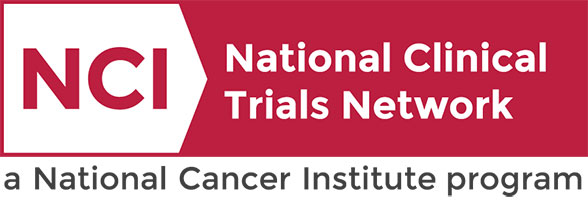(Z)-Endoxifen for the Treatment of Premenopausal Women With ER+/HER2- Breast Cancer
Breast
Breast
This open-label research study is studying (Z)-endoxifen as a possible treatment for pre-menopausal women with ER+/HER2- breast cancer. (Z)-endoxifen belongs to a group of drugs called selective estrogen receptor modulators or "SERM", which help block estrogen from attaching to cancer cells. This study has two parts: a pharmacokinetic part and a treatment part.
The PK part (how the body processes the drug) will enroll about 18 participants. All participants will take (Z)-endoxifen capsules daily. Twelve participants will be randomly assigned (50/50 chance) to take (Z)-endoxifen alone or (Z)-endoxifen with a monthly injection of goserelin a drug that temporarily stops the ovaries from making estrogen. This part will help determine the best dose of (Z)-endoxifen by measuring the drug levels in the blood and how long the body takes to remove it.
The Treatment Cohort has been simplified to a single study arm (Z)-endoxifen + goserelin. Up to 20 participants will be enrolled that have a baseline Ki-67 10% and 45 participants will be enrolled that have a baseline Ki-67\>10%.
A key goal of the study is to see if (Z)-endoxifen can slow down or stop tumor growth as measured by a reduction in Ki-67 levels. Tumor tissue samples will be taken by breast biopsy after about 4 weeks of treatment to check levels of this biomarker. If the tumor shows signs of response, participants can continue treatment for up to 24 weeks or until they have surgery.
Study participation is up to 6 months (24 weeks of treatment) followed by surgery and a one-month follow up visit.
The PK part (how the body processes the drug) will enroll about 18 participants. All participants will take (Z)-endoxifen capsules daily. Twelve participants will be randomly assigned (50/50 chance) to take (Z)-endoxifen alone or (Z)-endoxifen with a monthly injection of goserelin a drug that temporarily stops the ovaries from making estrogen. This part will help determine the best dose of (Z)-endoxifen by measuring the drug levels in the blood and how long the body takes to remove it.
The Treatment Cohort has been simplified to a single study arm (Z)-endoxifen + goserelin. Up to 20 participants will be enrolled that have a baseline Ki-67 10% and 45 participants will be enrolled that have a baseline Ki-67\>10%.
A key goal of the study is to see if (Z)-endoxifen can slow down or stop tumor growth as measured by a reduction in Ki-67 levels. Tumor tissue samples will be taken by breast biopsy after about 4 weeks of treatment to check levels of this biomarker. If the tumor shows signs of response, participants can continue treatment for up to 24 weeks or until they have surgery.
Study participation is up to 6 months (24 weeks of treatment) followed by surgery and a one-month follow up visit.
Breast
II
Abramson, Vandana
NCT05607004
VICCBRE22108


